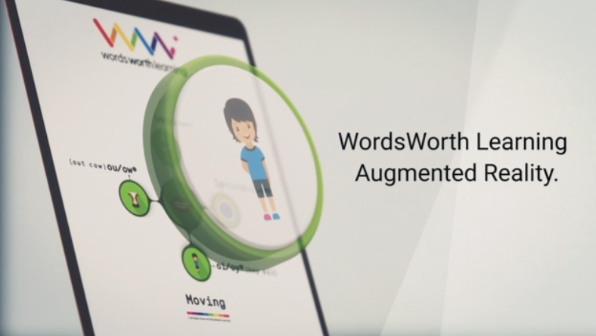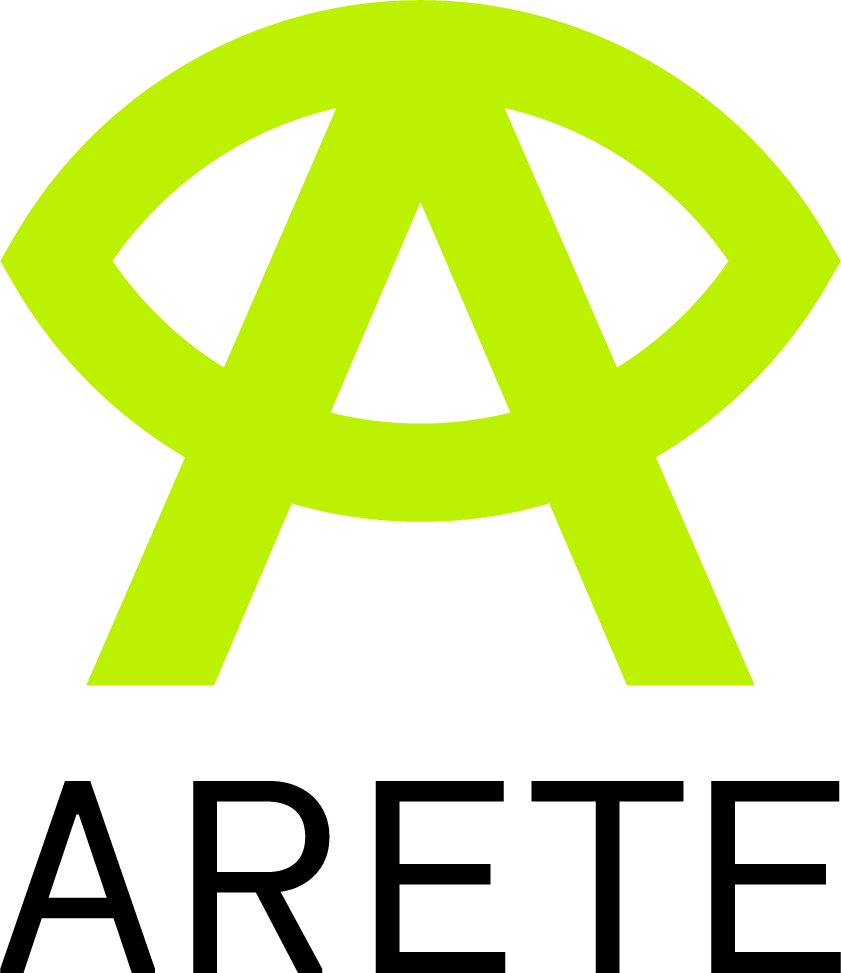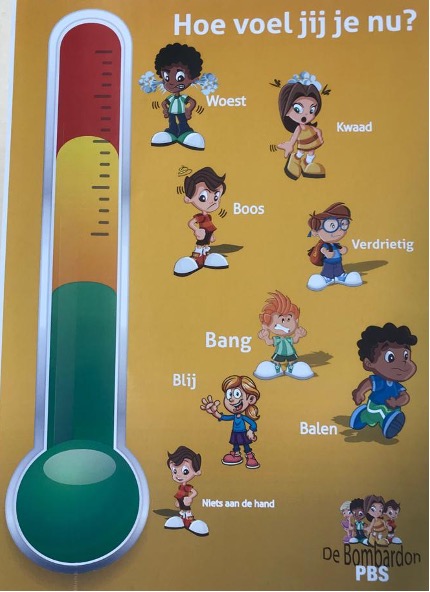AR – Teaching and learning literacy in an engaging and interactive way
Children who are struggling to develop age-appropriate literacy skills may also have deficits in the underlying splinter skills necessary to master literacy such as working memory and sequential memory in addition to hyper (too alert) or hypo (under alert) processing of sensory information such as visual, auditory, tactile or vestibular to name a few. Moreover, after months or years of perceived failure in attainment, their self-confidence, motivation and willingness to engage may also have been affected. In fact, in reality their total ‘dread’ of literacy tasks is palpable.

AR offers a way of teaching/learning literacy in a different engaging, interactive way. It can target many aspects of child developmental skills in one task eg the child could be ‘prepared’ for learning that is, increasing/decreasing their arousal levels using colour, sound, novel/unexpected items and can target some/all or any combination of their senses. It can unconsciously draw their attention to directionality and 3D space for example all items could enter screen left to right or aid in matching concepts such as top to bottom. Most importantly it can significantly aid in their visualization and mental manipulation of 3D objects which for some students is impossible for them in their ‘mind’s eye’. AR can provide multiple means of representation, of action and of engaging different student’s preferences.
The customizability of AR is probably its greatest asset. In any classroom there are many types of learning styles for example a child who favours ‘looking’ at things to process information, a child who learns better by ‘listening’ and indeed a child who needs to physically ‘do/move’ to learn (kinesthetic). Of course, we can access information in each mode, but the beauty of AR might be in its ability to deliver the same content but in different ‘modes’ depending on the child’s learning preference, arousal levels at that moment and their mood/motivation for the particular topic.
It also allows to build in a feedback system in which the child could self-monitor/correct their own errors before presenting to teacher – a lifelong skill for success in education. If students are not engaged, they are not learning but as anyone who has ever been in a classroom will know, what engages one does not necessarily engage another. AR’s ability to capture interest, promote interaction and increase motivation means it should be considered a significant player as an educational tool.
Emma Butler – WordsWorthLearning Research Assistant - ARETE Project 2020



